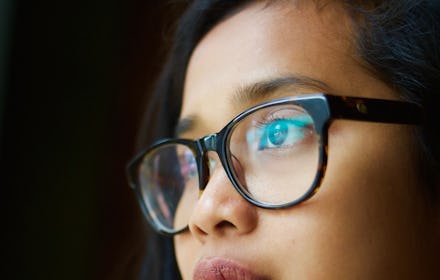This artificial intelligence can guess your personality, just by looking into your eyes

An old adage tells us not to judge people by the way they look, but now artificial intelligence is doing exactly that.
In a recent study, researchers from Europe and Australia teamed up to see if AI could pick up aspects of people’s personalities by tracking their eye movements. They asked 42 study participants to run short errands on their university campus while wearing fancy, eye-tracking glasses that record data and video.
“Eye movements are also a window into our mind and a rich source of information on who we are, how we feel and what we do,” the study stated.
That’s where the machine-learning algorithms came in: The artificial intelligence interpreted information such as blink rate, blink duration, dwelling time on an object and visual heat maps to make guesses about an individual’s traits. Then, to confirm the AI’s guesswork, researchers had study participants take personality questionnaires that are already well-known in the research community.
In the end, scientists found that the AI was able to make reliable guesses about such traits as neuroticism, extraversion, agreeableness and conscientiousness. Not only does it show that AI has the potential to read us like books, but it shows that our eyes could actually be portals to our souls.
In a world where companies and labs are working hard on humanoid hospital nurses — or even sex robots — it’s easy to see where this kind of technology could be used. Imagine a robotic hospital worker adjusting its approach to treatment depending on what it infers about a patient’s personality — or a personal assistant device that learns not to set off our neurotic side.
“People are always looking for improved, personalized services. However, today’s robots and computers are not socially aware, so they cannot adapt to nonverbal cues,” Tobias Loetscher, one of the study’s authors, said in a release. “This research provides opportunities to develop robots and computers so that they can become more natural, and better at interpreting human social signals.”